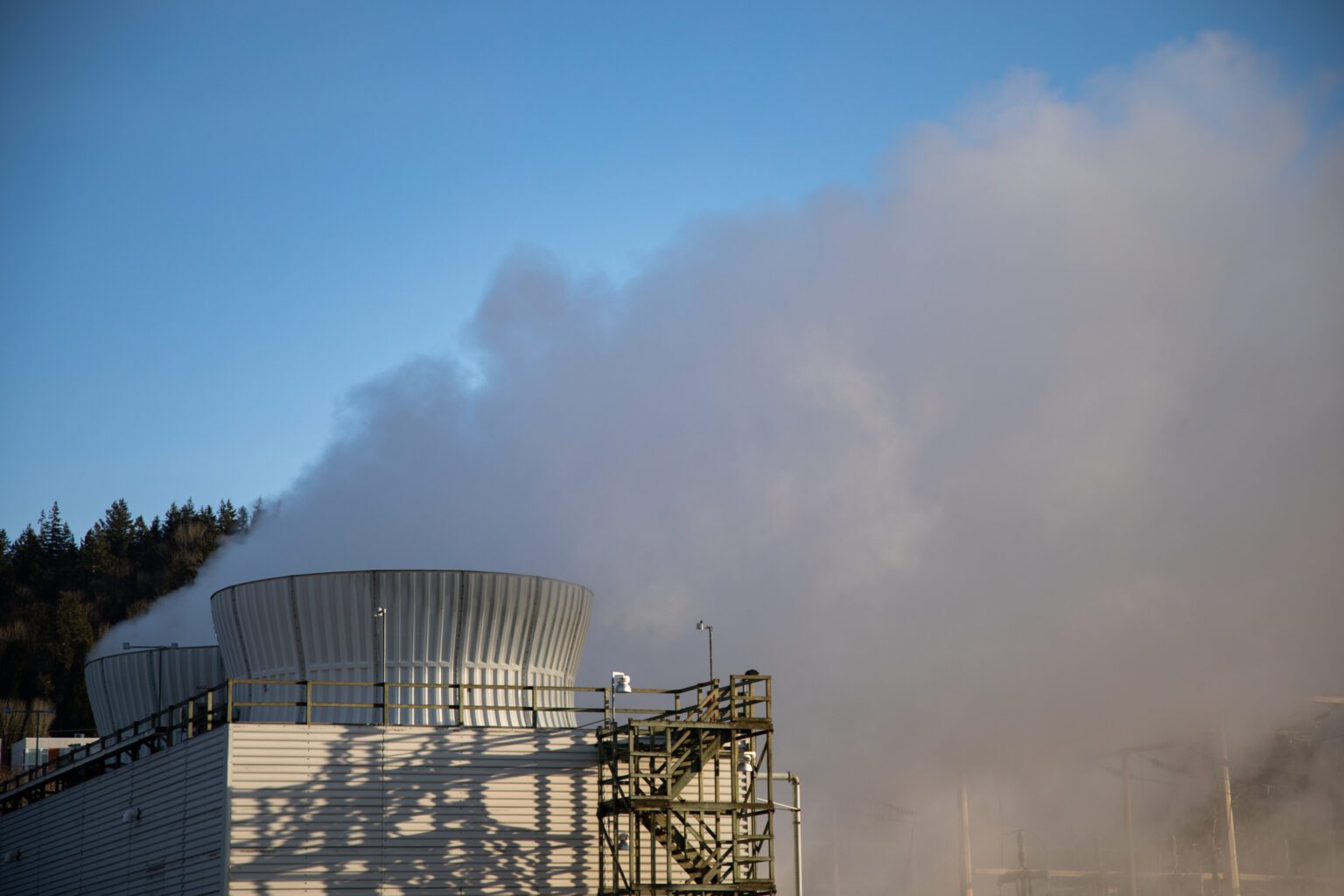A major underground project at Bellingham’s waterfront could help upgrade Western Washington University’s heating system, a 75-year-old mammoth steam plant responsible for 97% of the university’s greenhouse gas emissions.
The project, an underground district heating system designed to heat and cool new construction, is in the works at Bellingham’s waterfront after years of planning, design and development from the Port and City of Bellingham. Sometime in the future, it could pro


Try us out
Enjoy 24 hours of unlimited digital access to CascadiaDaily.com for just $1!
Unlock the paywall



